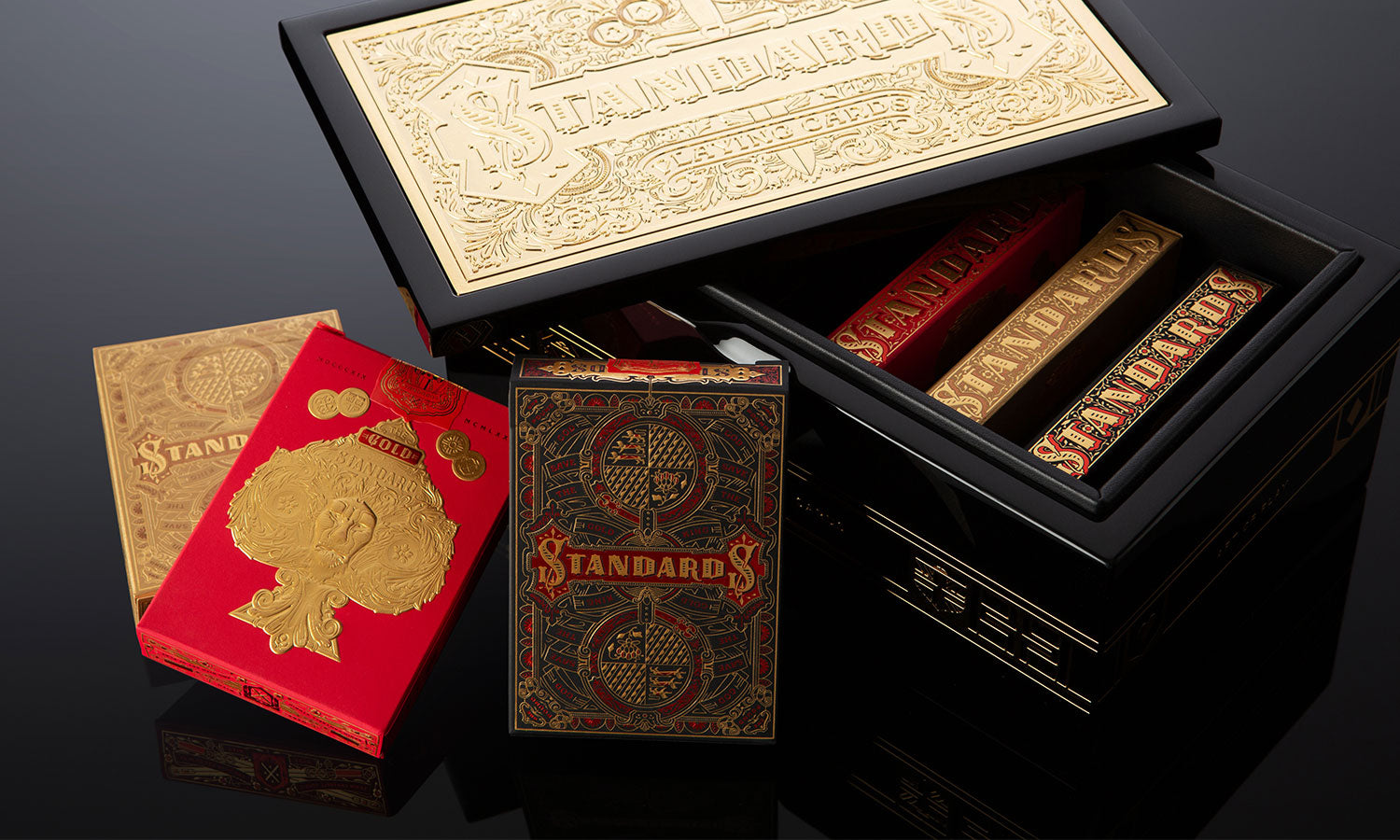In Gatcombe Park, Gloucestershire, 1814, a rectangular edifice of ashlar limestone was purchased by surging British economist, David Ricardo. The house was elegantly constructed, with some minor remodeling later completed to enlarge the house. Flash forward to present day and the exterior frame has remained mostly untouched. Through the years, the interior decor has shifted with the change of the guard, but the foundation has remained; a testament to the sound design by architect Francis Franklin of Chalford and the necessity of a firm foundation.
Within the walls of his newly purchased estate, David Ricardo would produce some of the most influential writings that would influence economic theory for the next century. It was here that Ricardo penned Principles of Political Economy and Taxation, which introduced several key theories including Comparative Advantage. David’s other writings would also suggest the necessity to make all banknotes in the British Empire convertible to a fixed weight of gold. These writings would help persuade Britain to the return of the Gold Standard, which would shape worldwide economies including the United States, Germany, and Japan.
The Gold Standard is a monetary system in which the economy’s foundation is a fixed value of gold. The goal was to create a constant, a currency based on an invariable system that could be traded internationally. Throughout millennia, silver, bronze, copper, and various other precious metals have been used as a standard. Whether by specie, bullion or in exchange for paper or bank notes, metals have been used in various forms to back currencies. In creating a foundation based on a perceived fixed standard, the hope was to avoid inflation and the devaluation of the currency to support a consistent economy.
In 1819, Britain officially established the Gold Standard as the national backing for its economy. The Gold Standard would outlive David, who died suddenly of an abrupt sickness in 1823. It would not, however, outlive Gatcombe park. His influence with the Gold standard would not survive indefinitely, neither the revised standard of Bretton Woods. Unlike Gatcombe Park, the Gold Standard did not have an enduring foundation.
Renown economist, Martin Armstrong, notes the flaws in the Gold Standard as follows: “Gold cannot and has not prevented any financial crisis by creating a fixed standard. Bretton Woods was not the only gold standard to collapse. Historically, any attempt to create a ‘standard’ is the same as creating a peg. We live in a free market and that means everything rises and falls with the business cycle. Absolutely nothing on a fixed standard can survive as everything fluctuates.” The true gold standard is not based on gold, paper, animals, wheat, or any other commodity. Martin continues: “The entire basis of money is you will accept something as money as long as you have confidence that in turn, someone else will accept it from you.” He concludes that confidence, therefore, is the true gold standard: the foundation that endures.

STANDARDS Premium Playing Cards tells the story of the British Gold Standard through a satirical expression of the British Monarchy between 1819 and 1871 when their currency was backed by gold. The Kings and Jacks are all suicide to express the destined failure of the gold standard. The Joker is David Ricardo who influenced the British to return to the Gold Standard. Each card was crafted with meticulous attention to detail to ensure opulence and elegance unsurpassed.
STANDARD is also a teaser for the upcoming book by Kevin Cantrell Studio titled: the Gold Standard of Lettering and Branding: the Case for Confidence; how to operate a boutique studio like a premier agency.





Leave a comment
This site is protected by reCAPTCHA and the Google Privacy Policy and Terms of Service apply.